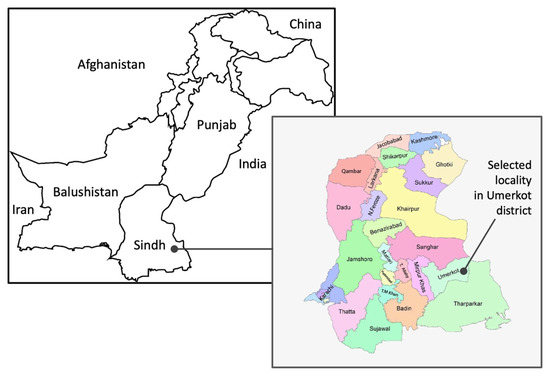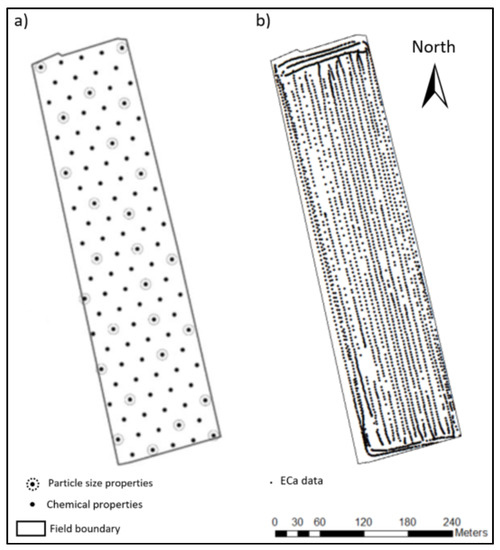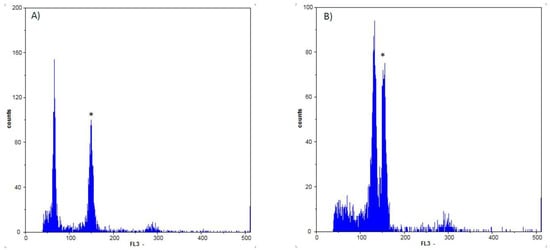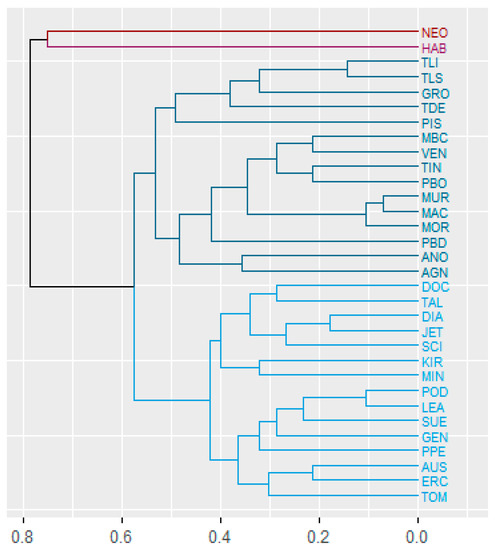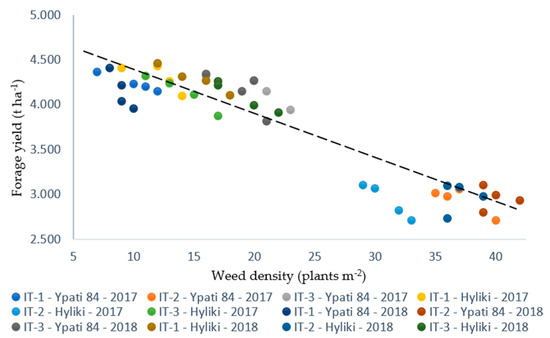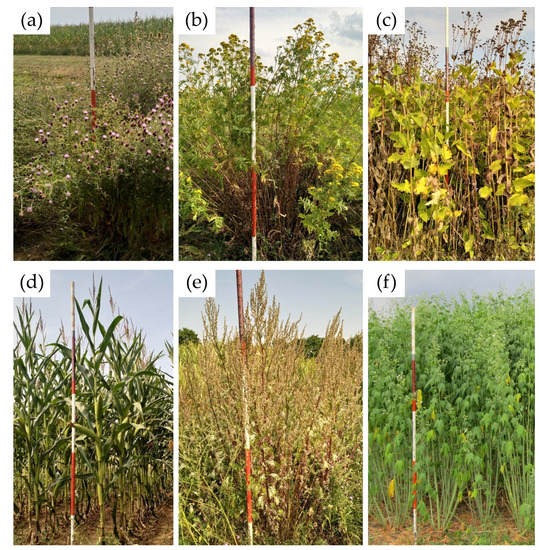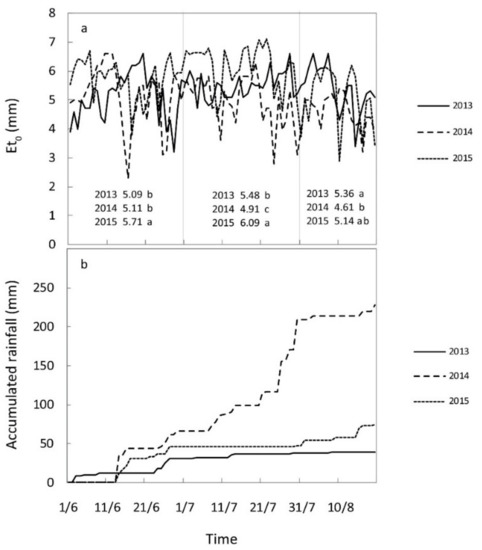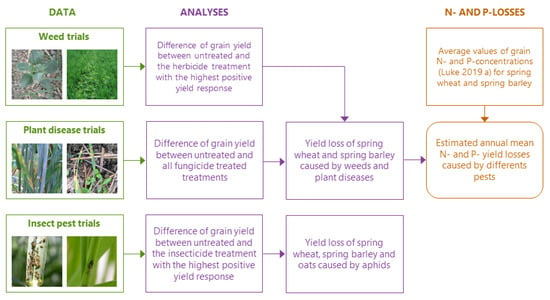Agronomy 2021, 11(3), 495; https://doi.org/10.3390/agronomy11030495 - 6 Mar 2021
Cited by 18 | Viewed by 5320
Abstract
Agrometeorological stations have horizontal solar irradiation data available, but the design and simulation of photovoltaic (PV) systems require data about the solar panel (inclined and/or oriented). Greenhouses for agricultural production, outside the large protected production areas, are usually off-grid; thus, the solar irradiation
[...] Read more.
Agrometeorological stations have horizontal solar irradiation data available, but the design and simulation of photovoltaic (PV) systems require data about the solar panel (inclined and/or oriented). Greenhouses for agricultural production, outside the large protected production areas, are usually off-grid; thus, the solar irradiation variable on the panel plane is critical for an optimal PV design. Modeling of solar radiation components (beam, diffuse, and ground-reflected) is carried out by calculating the extraterrestrial solar radiation, solar height, angle of incidence, and diffuse solar radiation. In this study, the modeling was done using Simulink-MATLAB blocks to facilitate its application, using the day of the year, the time of day, and the hourly horizontal global solar irradiation as input variables. The rest of the parameters (i.e., inclination, orientation, solar constant, albedo, latitude, and longitude) were fixed in each block. The results obtained using anisotropic models of diffuse solar irradiation of the sky in the region of Castile and León (Spain) showed improvements over the results obtained with isotropic models. This work enables the precise estimation of solar irradiation on a solar panel flexibly, for particular places, and with the best models for each of the components of solar radiation.
Full article
(This article belongs to the Special Issue Photovoltaics and Electrification in Agriculture)
►
Show Figures


